Maintaining and cleaning your stage speakers is crucial to ensure their longevity and optimal performance. Regular upkeep not only prevents potential damage but also ensures the best sound quality for your events. This guide provides detailed steps and tips on how to properly maintain and clean your stage speakers.
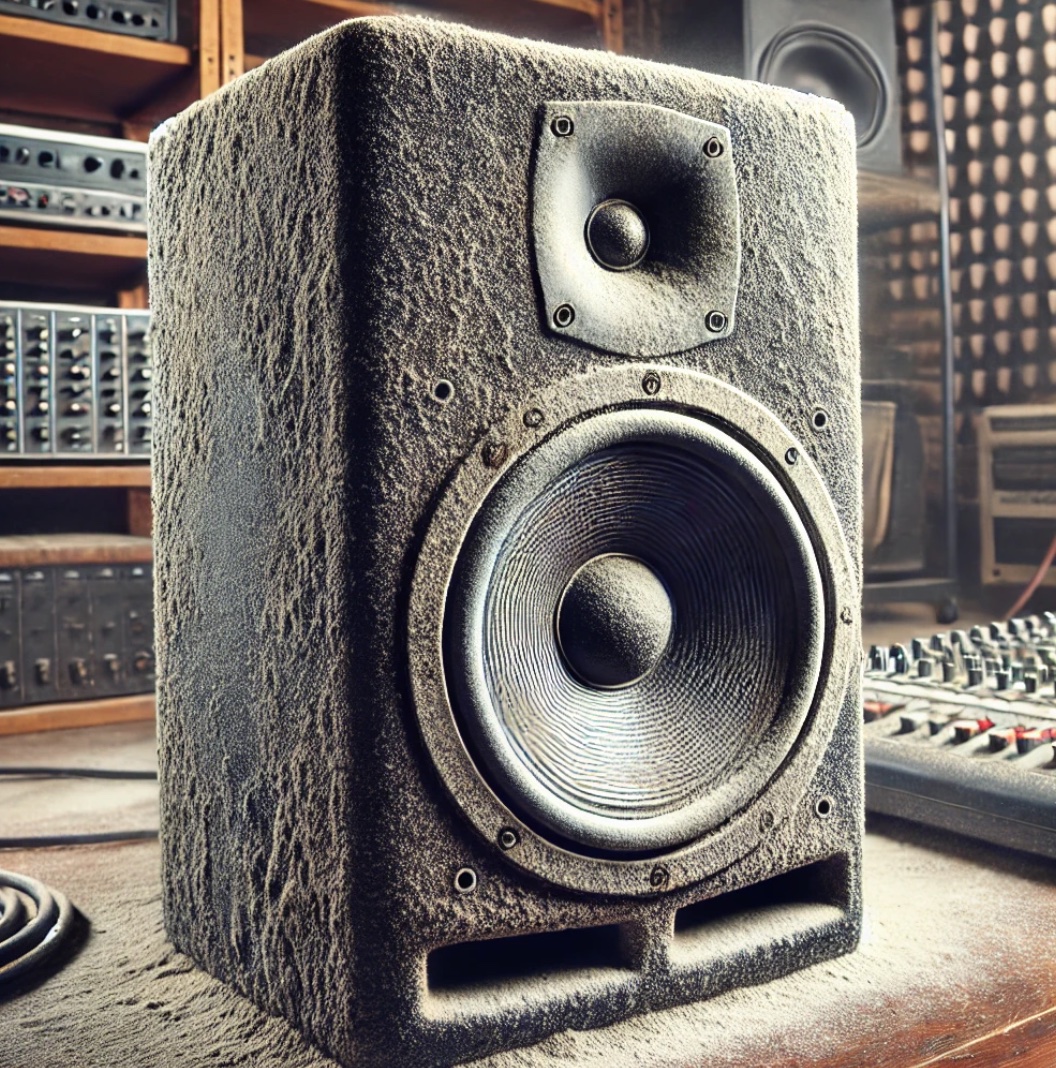
Introduction
Stage speakers are a vital component of any live performance setup, delivering the sound that captivates and engages your audience. However, dust, dirt, and general wear and tear can degrade their performance over time. Proper maintenance and cleaning are essential to keep your speakers in top condition, ensuring they deliver consistent, high-quality sound. This article will guide you through the best practices for maintaining and cleaning your stage speakers.
Regular Inspection
Regularly inspecting your speakers helps identify potential issues before they become major problems.
- Visual Check: Examine the exterior for any visible damage, such as cracks or dents.
- Connections: Ensure all cables and connectors are in good condition and securely attached.
- Grilles and Covers: Check for any loose or damaged grilles and covers.
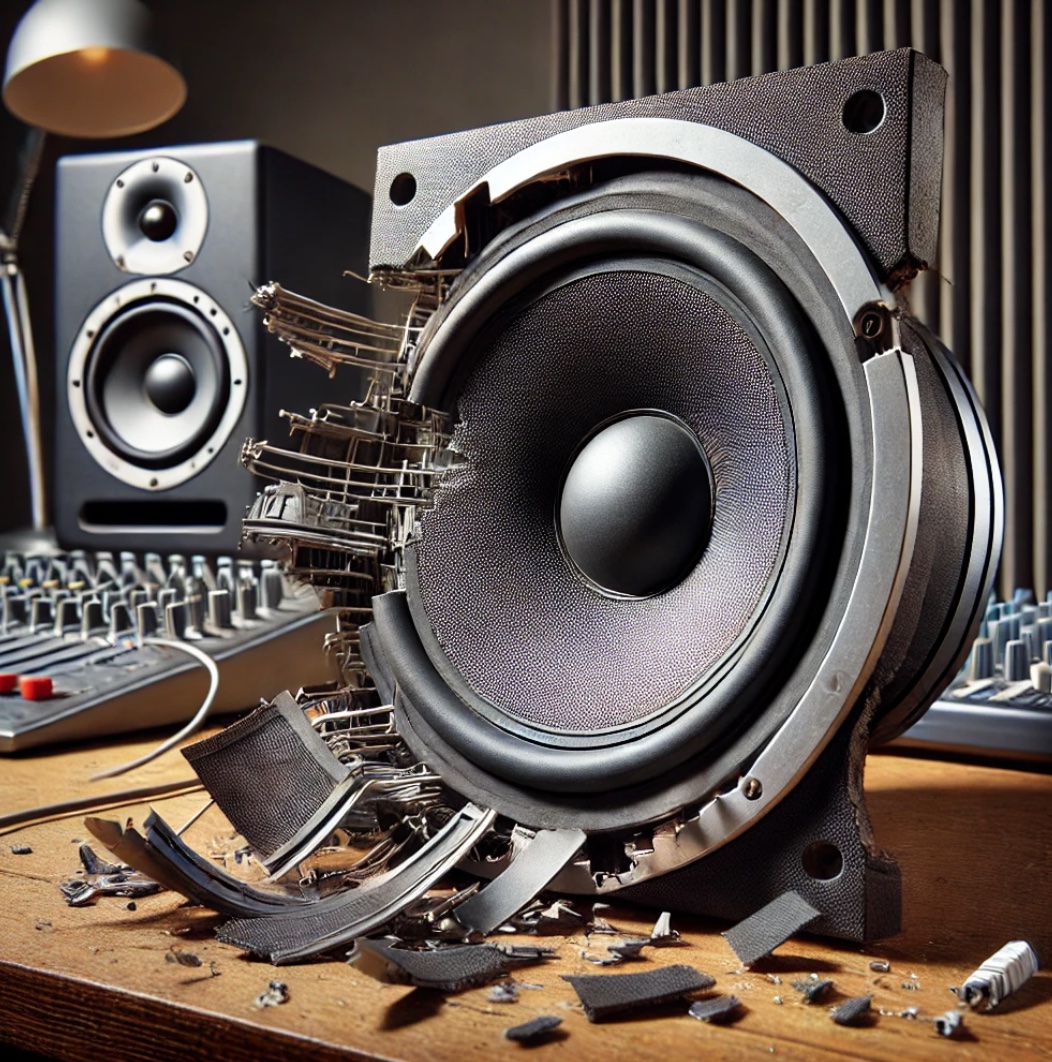
Cleaning the Exterior
Keeping the exterior of your speakers clean prevents dust and dirt from affecting their performance.
- Dusting: Use a soft, dry cloth or a microfiber duster to remove dust from the surface.
- Wiping: For more stubborn dirt, use a slightly damp cloth with mild soap and water. Avoid using abrasive cleaners or solvents.
- Drying: Ensure the speaker is completely dry before using it again to prevent moisture damage.

Cleaning the Grilles
The grilles protect the internal components of the speaker and should be cleaned regularly.
- Removing the Grilles: Carefully remove the grilles according to the manufacturer's instructions.
- Cleaning: Use a vacuum cleaner with a brush attachment to remove dust and debris. For a deeper clean, gently wash the grilles with mild soap and water, then let them air dry completely before reattaching.

Cleaning the Speaker Cones
Speaker cones are delicate and require careful cleaning to avoid damage.
- Dust Removal: Use a soft brush or a can of compressed air to remove dust from the cones. Avoid using a vacuum cleaner directly on the cones as it may cause damage.
- No Moisture: Never use water or cleaning solutions on the cones, as this can damage the delicate material.
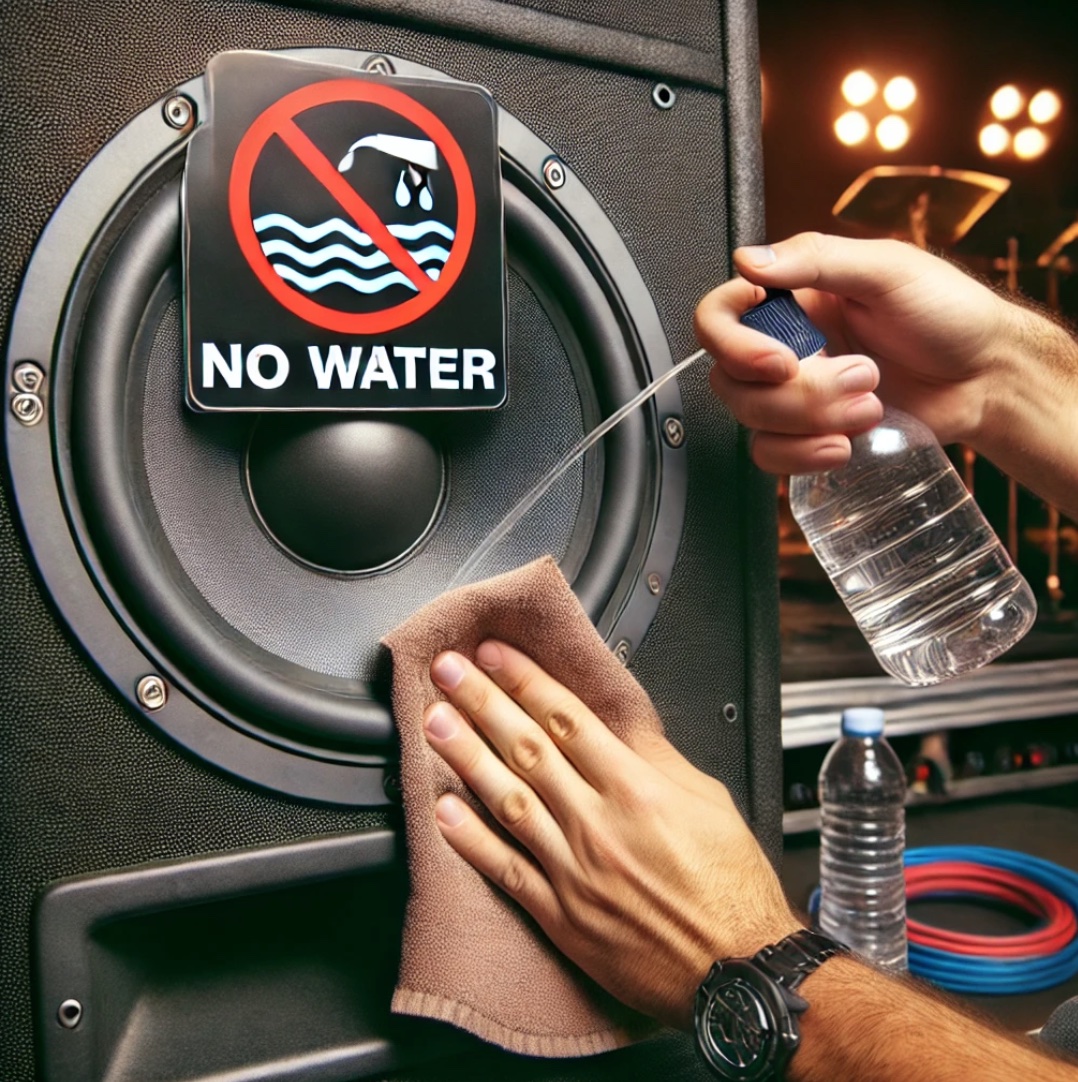
Maintaining Connections
Clean and secure connections ensure the best sound quality and prevent signal loss.
- Cable Inspection: Regularly check cables for wear and tear. Replace any damaged cables immediately.
- Cleaning Connectors: Use a contact cleaner spray on the connectors to remove dirt and oxidation. Ensure the connectors are completely dry before reconnecting.
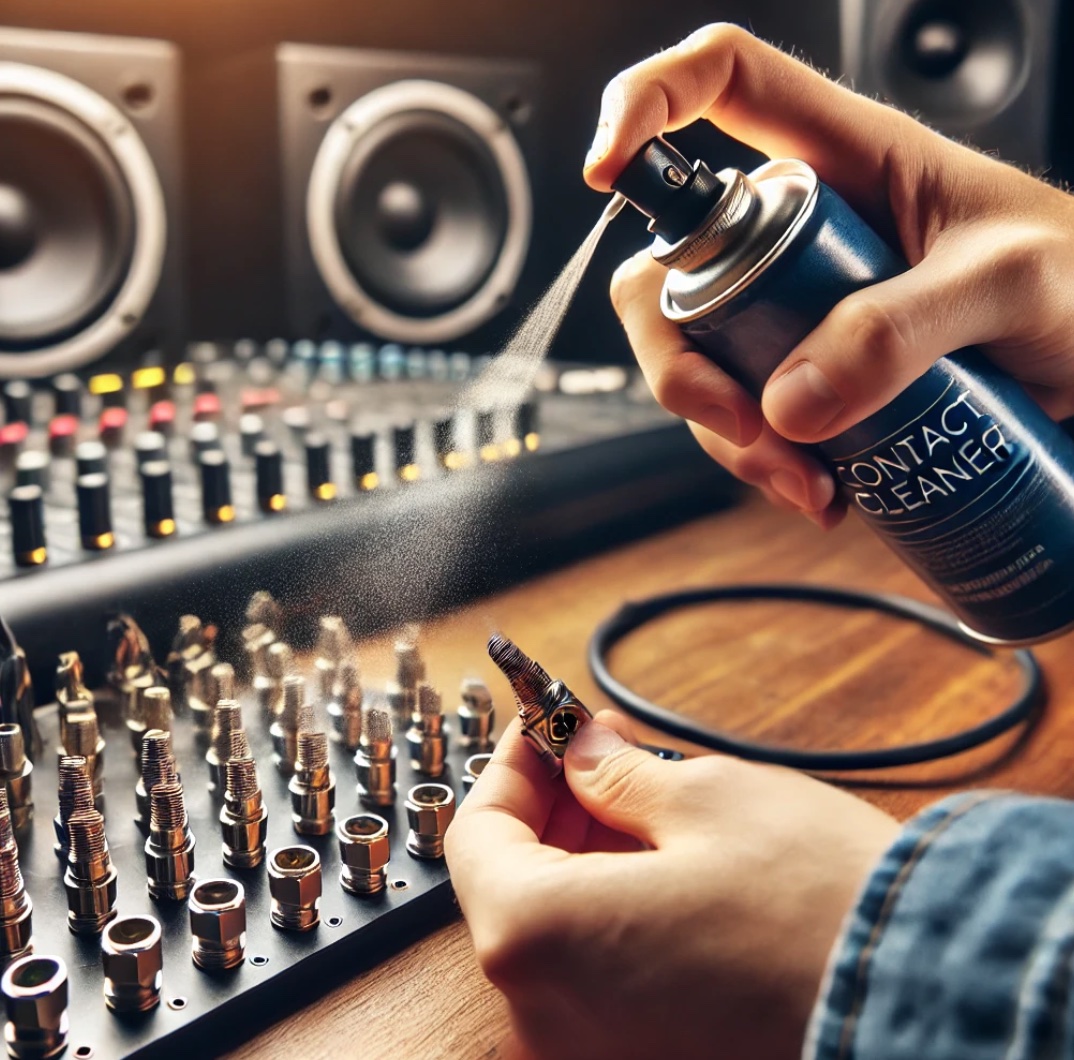
Storing Your Speakers
Proper storage extends the life of your speakers when they are not in use.
- Environment: Store speakers in a cool, dry place away from direct sunlight and moisture.
- Covering: Use speaker covers or cases to protect them from dust and accidental damage.
- Positioning: Avoid stacking heavy items on top of stored speakers to prevent deformation or damage.
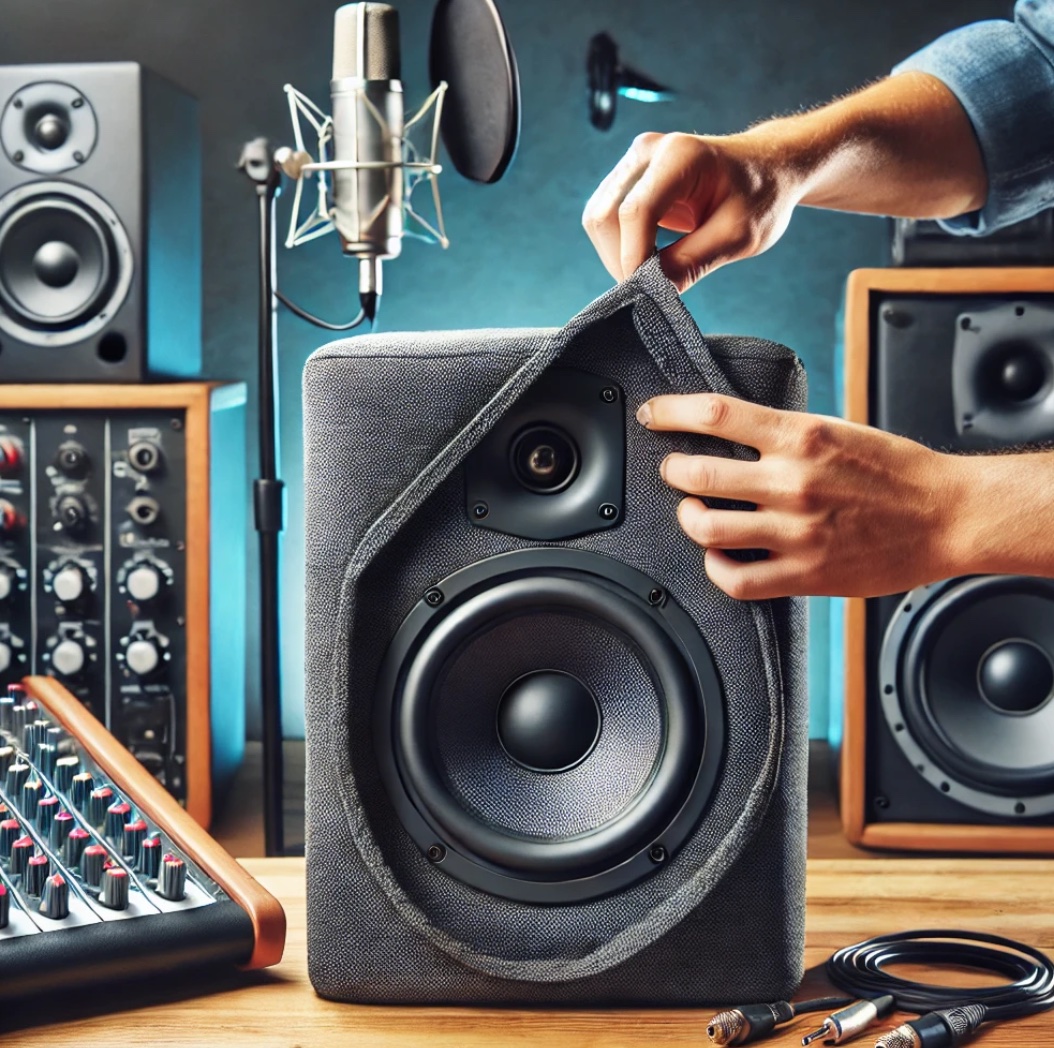
Professional Maintenance
For more complex issues or thorough cleaning, professional maintenance may be necessary.
- Speaker Servicing: Consider having your speakers professionally serviced periodically to ensure all components are in optimal condition.
- Repair Services: If you notice any persistent issues, seek professional repair services to prevent further damage.
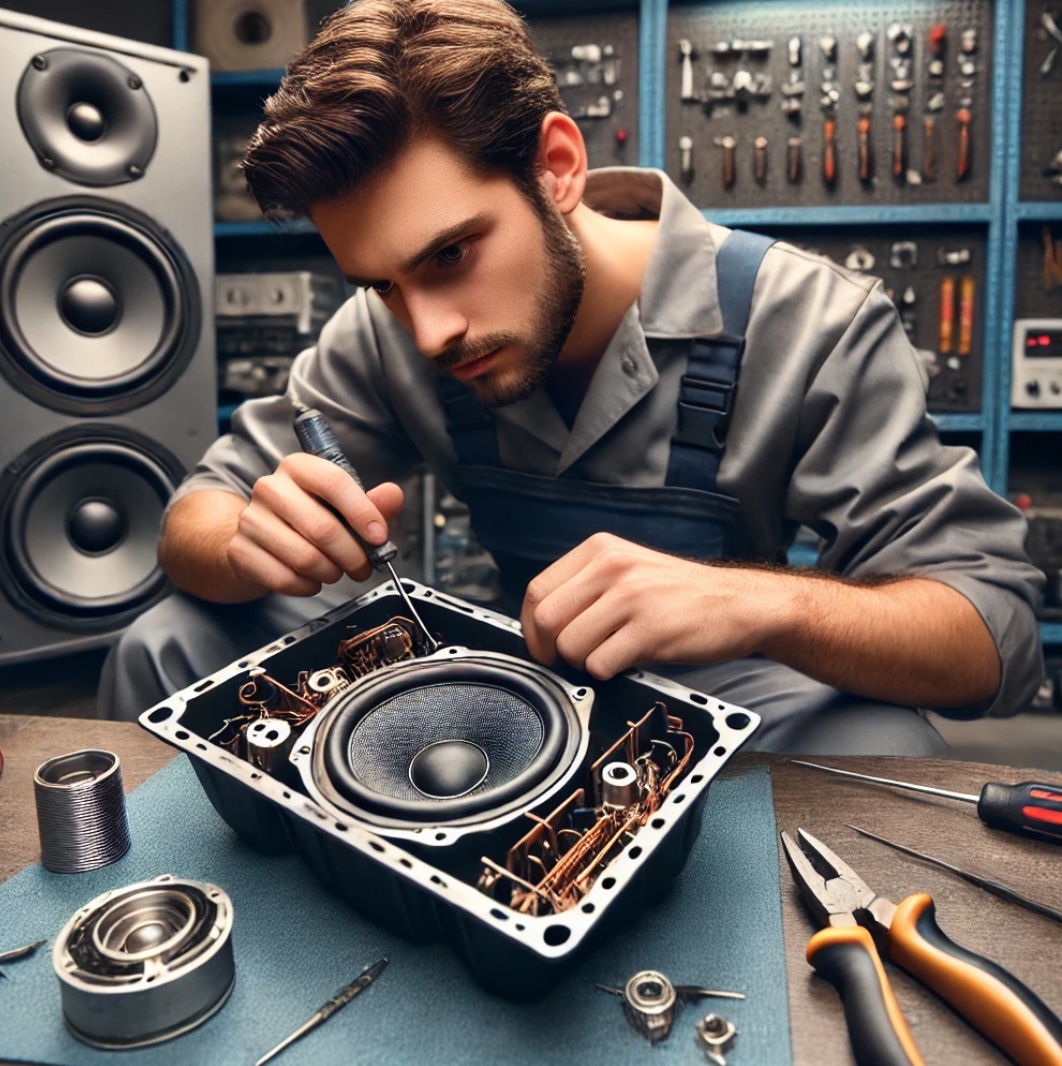
Conclusion
Regular maintenance and cleaning are essential to keep your stage speakers performing at their best. By following these guidelines, you can ensure that your speakers provide high-quality sound for years to come, enhancing the overall experience of your events.